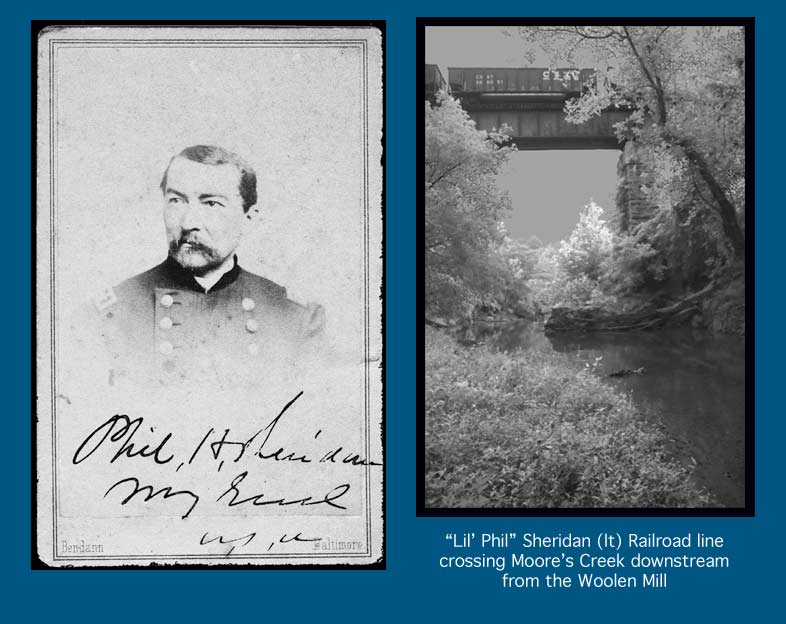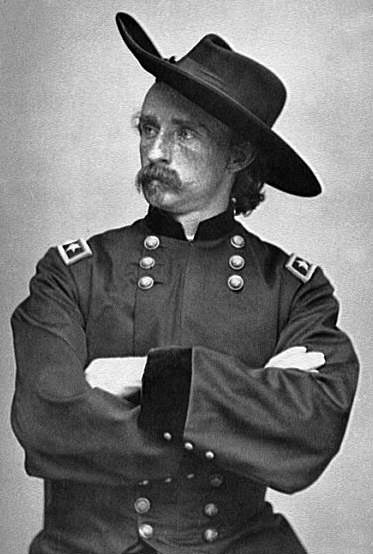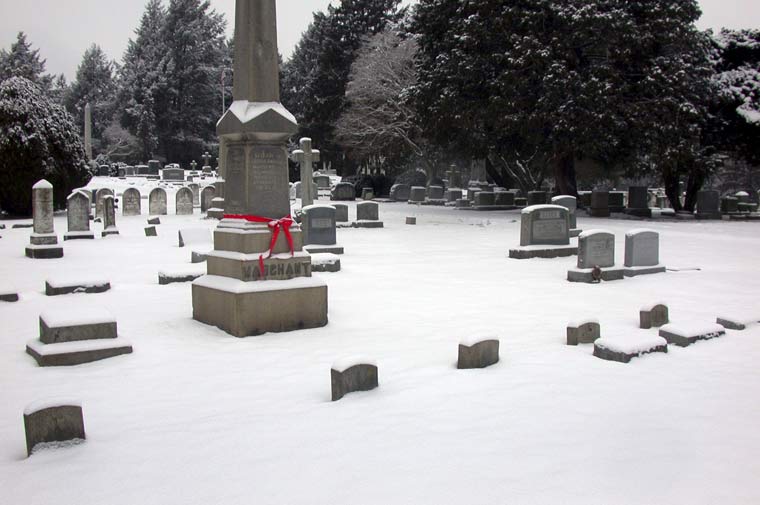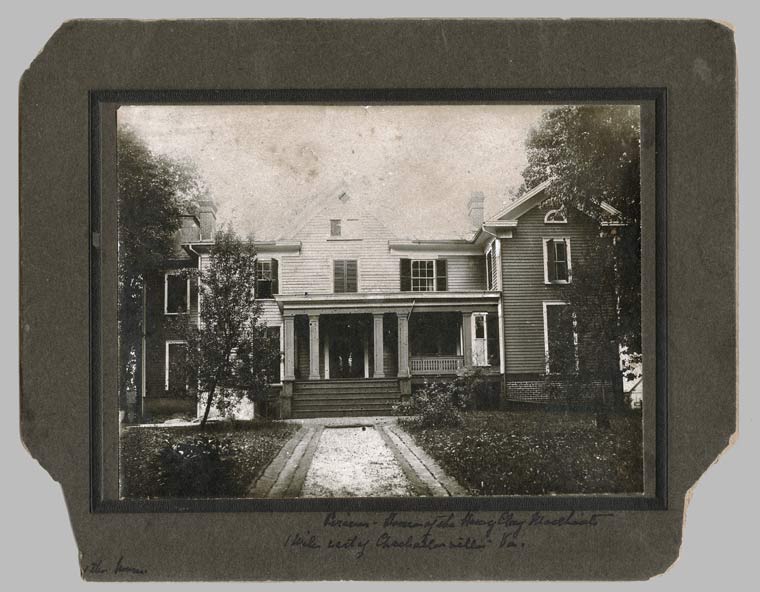the Federal troops extended protestations
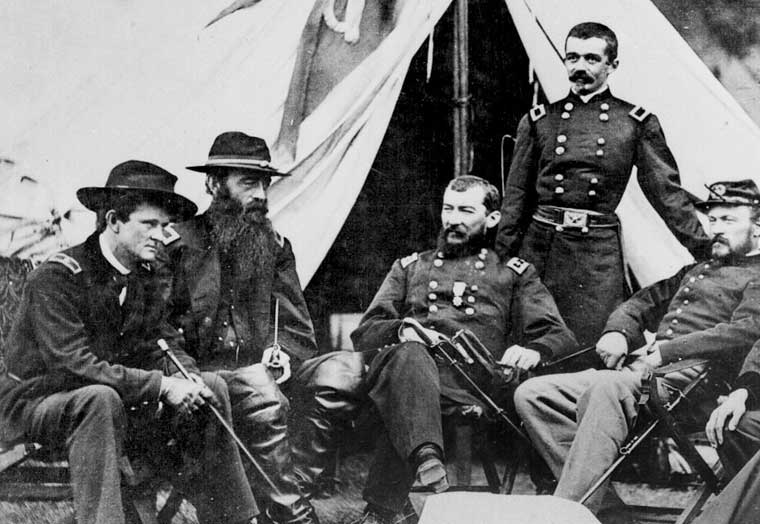
1864. Left to right: Wesley Merritt, David McM.Gregg, Sheridan, Henry E. Davies (standing), James H. Wilson--www.archives.gov/research/civil-war/photos/
Can the burning of the Charlottesville Factory be taken as evidence of systematic Union destruction during the war? At least one other woolen mill in the region suffered a similar fate. An eminent authority has claimed that "Northern raiders destroyed every manufacturing establishment in southern territory that they were able to reach," and notes that many cotton and woolen mills fell victims to Union invaders. Yet, strangely, the Marchant family has never viewed the mill's burning with resentment. To Marchant's wife the Federal troops extended protestations that the fire resulted from an accident. Not only did she accept their apologies but for several years after the war, she and her husband maintained occasional friendly communication with the officer in charge of the operation! As a result, there seems to be no grounds for viewing the destruction of the mill as part of a planned program of economic warfare.
--Harry Poindexter
Labels: Civil War, Poindexter History
